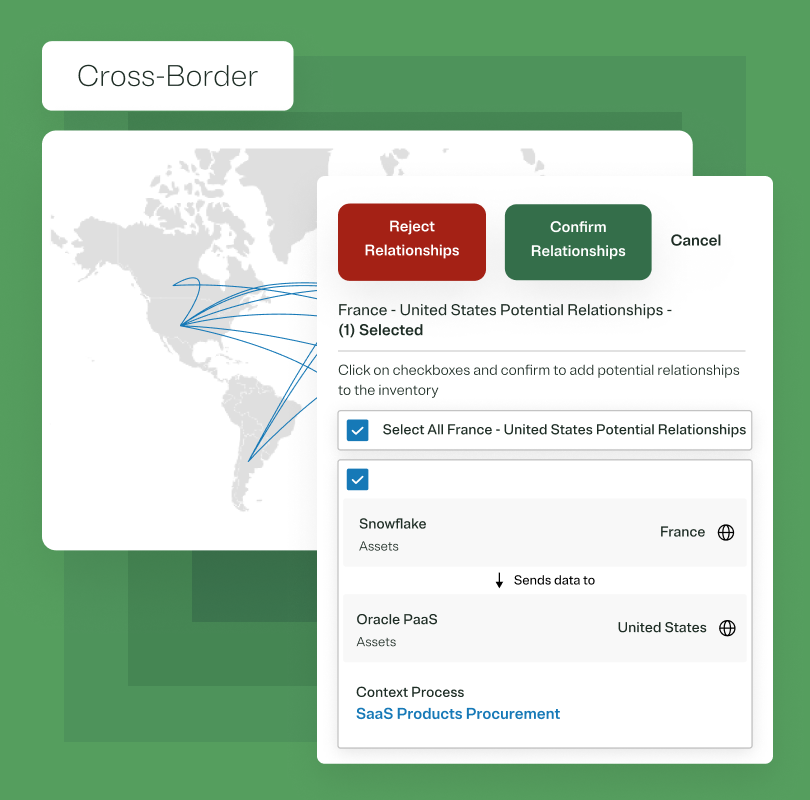Cookie Consent
Simplify cookie compliance and consent management
Regulatory and societal trends emphasize the importance of personal data consent. More than 750,000 websites trust our Cookie Consent software to meet today’s data privacy demands.
- Detect all cookies, tags, trackers, pixels, beacons, and more across your website
- Customize out-of-the-box consent banners according to your brand and regional needs
- Easily deploy banners across domains with pre-built MarTech integrations
Operationalize cookie consent
Identify and maintain an evergreen inventory of all first- and third-party cookies and tracking technologies across your website. Use advanced scanning to simulate the user experience, scan behind logins, and trigger hidden pages.

Use the world’s largest database of over 45 million pre-categorized cookies to group trackers by purpose. Clarify and update cookie names at any time using intuitive descriptions, vendor information, and lifespans.

Professionally designed templates empower you to create a seamless user experience with custom branding, support for more than 250 languages, and geolocation rules to display different banners and consent models based on region, country, or state.

Use no-code cookie blocking, tag manager integrations, or script re-writing to block trackers until explicit consent is gained. Enable support for industry frameworks and vendor-specific opt-outs.

Schedule regular scans on your website and auto-populate your updated cookie list into your privacy or cookie policies. Demonstrate compliance with a detailed user consent transaction database.

Extend cookie consent to Mobile App Consent and OTT & CTV Consent, managing all user consent and preferences through the OneTrust platform.

Related products

Mobile App Consent
Our mobile app consent software enables you to scan for SDKs, collect valid consent and provide visibility into how your mobile app is sharing data.

OTT and CTV Consent
Give your customers control of their consent and preferences across Over-the-Top apps and Connected TV with OneTrust OTT and CTV Consent.

Privacy Operations
Streamline compliance with data privacy laws and minimize privacy risk by operationalizing your data privacy program.


